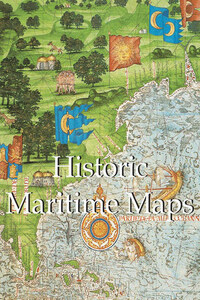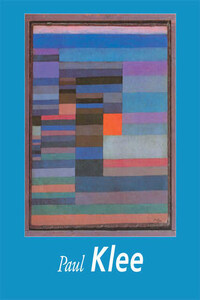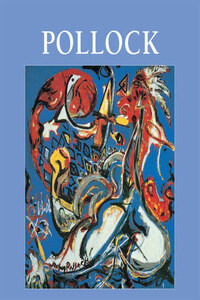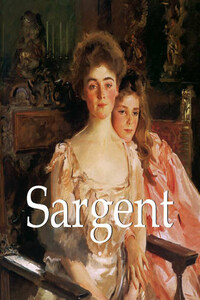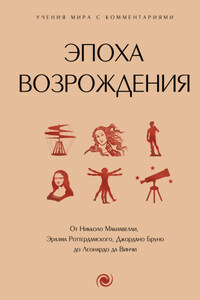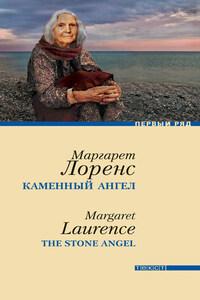Pollock
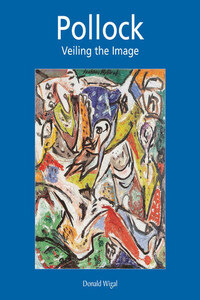
Born in 1912, in a small town in Wyoming, Jackson Pollock embodied the American dream as the country found itself confronted with the realities of a modern era replacing the fading nineteenth century. Pollock left home in search of fame and fortune in New York City. Thanks to the Federal Art Project he quickly won acclaim, and after the Second World War became the biggest art celebrity in America. For De Kooning, Pollock was the “icebreaker”. For Max Ernst and Masson, Pollock was a fellow member of the European Surrealist movement. And for Motherwell, Pollock was a legitimate candidate for the status of the Master of the American School. During the many upheavals in his life in Nez York in the 1950s and 60s, Pollock lost his bearings – success had simply come too fast and too easily. It was during this period that he turned to alcohol and disintegrated his marriage to Lee Krasner. His life ended like that of 50s film icon James Dean behind the wheel of his Oldsmobile, after a night of drinking.
